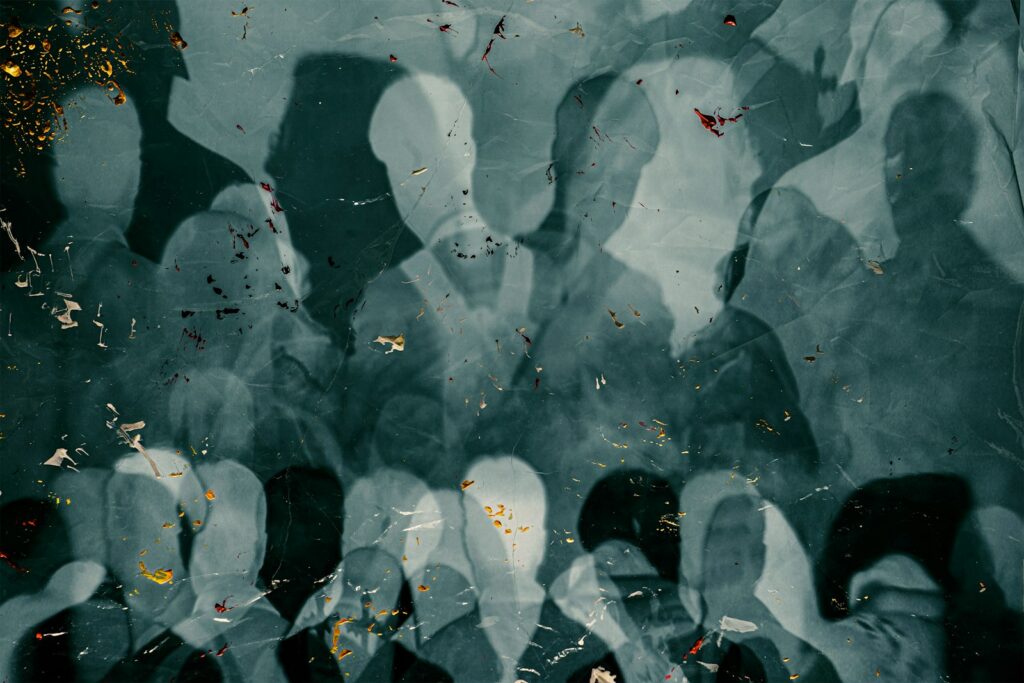
Crafting a satisfying ending has long been one of Hollywood’s greatest challenges. Audiences invest hours into a story, only to arrive at conclusions that can divide opinion, stir outrage, or inspire endless reinterpretation. These final moments often transcend the screen, becoming cultural touchstones that fuel debate among fans and critics for decades.
Controversial endings can stem from many sources: subverted expectations, departures from genre conventions, or unresolved storylines. In some cases, audiences feel misled; in others, they are left grappling with profound moral or philosophical questions. Whatever the cause, these finales keep films alive in the cultural conversation long after the credits roll.
Below is a journey through some of cinema’s most debated endings, exploring why they continue to ignite conversation and controversy.

Love, Sacrifice, and Unanswered Questions
Titanic (1997)
James Cameron’s sweeping epic became one of the most beloved films of its era, but its ending has been endlessly scrutinized. As Rose floats on a wooden board in the icy Atlantic, Jack remains in the water until he succumbs to the cold. Viewers immediately questioned whether there was truly no room for both of them on the raft. The debate became so heated that “Mythbusters” investigated in 2012, concluding both could have survived with additional buoyancy. Cameron later dismissed the theory, stating bluntly, “The script says Jack dies, he has to die.” The scene remains one of cinema’s most enduring “what-ifs.”
The Dark Knight Rises (2012)
Christopher Nolan’s trilogy finale concluded with Bruce Wayne apparently faking his death and finding peace with Selina Kyle. The café scene showing them together was read by some as reality and by others as fantasy, echoing Alfred’s earlier vision. Fans debated whether Nolan intended ambiguity or closure. While some argued Batman deserved a sacrificial ending, others embraced the idea of Bruce Wayne finally escaping his burdens.
Star Trek II: The Wrath of Khan (1982)
Spock’s emotional farewell, as he sacrifices himself to save the Enterprise, shocked audiences and led to an outpouring of grief. Fans sent letters to Paramount pleading for Spock’s survival, and Leonard Nimoy himself faced backlash. Although the character’s eventual return softened the impact, the finale remains a landmark moment of emotional storytelling and one of the most talked-about conclusions in science fiction history.
When Expectations Collide with Reality
The Grey (2012)
Marketed as a survival thriller featuring Liam Neeson battling wolves, the film instead ended on a note of ambiguity. In the final scene, Neeson prepares for a fight against the alpha wolf, but the screen cuts to black before the confrontation begins. Many viewers felt deprived of a promised showdown, while others praised the film’s symbolic focus on choosing to fight against despair. Director Joe Carnahan later admitted the promotional campaign created misleading expectations, which fueled the polarized response.
The Devil Inside (2012)
This found-footage horror film angered audiences not only for its abrupt ending but for directing them to a website for more information instead of resolving the story. After building toward a climactic exorcism, the movie cuts suddenly to black, followed by a title card urging viewers to visit TheRossiFiles.com. Many felt cheated, describing the conclusion as little more than a marketing ploy. Reports even surfaced of audiences booing in theaters.
Safe Haven (2013)
Nicholas Sparks adaptations usually promise grounded romance, but “Safe Haven” stunned audiences with a supernatural twist. After the heroine Katie befriends a woman named Jo, it is revealed in the closing moments that Jo is the ghost of her new partner’s deceased wife. The unexpected reveal, unsupported by earlier supernatural elements, was widely criticized as unearned and jarring, undermining the otherwise conventional romance.

Political, Philosophical, and Cultural Shockwaves
Watchmen (2009)
Alan Moore’s iconic graphic novel ends with a bizarre alien squid attack uniting world powers. Zack Snyder’s adaptation removed this element, replacing it with a plot that framed Dr. Manhattan. Many fans of the original saw the squid as essential to the story’s commentary on manufactured crises, and its omission provoked disappointment. Snyder defended the change as a way to streamline the narrative, but the debate over whether the adaptation misunderstood its source material continues.
The Interview (2014)
What began as a satire became a global controversy. The film’s portrayal of North Korean leader Kim Jong-un’s demise prompted strong condemnation from the North Korean government, which labeled the film’s release an “act of war.” The situation escalated after a cyberattack on Sony, accompanied by threats that led theaters to drop the film. Though eventually released, “The Interview” is remembered less for its comedic finale than for the real-world political storm it unleashed.
Blade Runner (1982)
Ridley Scott’s science fiction classic has long fueled debate over whether its protagonist, Deckard, is human or a replicant. The theatrical cut suggested a straightforward romance and escape, while later versions introduced the unicorn dream sequence, hinting at implanted memories. Scott has repeatedly stated Deckard is a replicant, while Harrison Ford insists the opposite. The lack of consensus has cemented “Blade Runner” as one of cinema’s great philosophical battlegrounds.
Passengers (2016)
Marketed as a love story in space, the film sparked controversy with its troubling premise. Chris Pratt’s character wakes Jennifer Lawrence’s Aurora from hibernation without her consent, condemning her to spend her life aboard the ship with him. Instead of fully exploring the ethical implications, the film pushes the two into a romance, which many critics found unsettling. The finale attempted to frame their relationship as redemptive, but for much of the audience, the discomfort overshadowed any intended romance.

Satire, Social Commentary, and Cultural Backlash
Monty Python’s Life of Brian (1979)
The comedy group’s satirical take on organized religion faced bans and widespread protests, particularly for its closing sequence in which crucified characters sing “Always Look on the Bright Side of Life.” While the film was not about Jesus directly, critics saw the ending as blasphemous. John Cleese and Michael Palin defended the movie on television, arguing it mocked blind devotion rather than faith itself. Despite its rocky reception, the finale is now celebrated as a bold and iconic example of satire.
Do the Right Thing (1989)
Spike Lee’s exploration of racial tensions in Brooklyn culminated in a riot following a young man’s death at the hands of police. The ending was praised by some as powerful and necessary, while others feared it would incite real-life unrest. Critics suggested audiences might imitate the film’s events, a claim Lee dismissed as racially biased, pointing out that similar fears were never expressed about action films starring white heroes. The film’s finale remains a focal point in discussions of art, race, and responsibility.

Technology, Mystery, and the Age of Reinterpretation
Inception (2010)
Christopher Nolan’s Inception arguably delivered one of the most hotly debated endings in modern cinema. After Dom Cobb reunites with his children, he spins his totem, a top that determines whether he is dreaming or awake. The screen cuts to black before revealing the outcome, leaving audiences to endlessly speculate on whether Cobb is still trapped in a dream. The ambiguous finale has inspired essays, fan theories, and even academic analysis, ensuring its place as a cultural mystery box.
2001: A Space Odyssey (1968)
Stanley Kubrick’s science fiction masterpiece baffled audiences with its enigmatic ending, in which astronaut Dave Bowman transforms into the “Star Child.” The sequence sparked debates about evolution, alien intelligence, and humanity’s future. Kubrick deliberately avoided explanation, believing ambiguity would provoke deeper reflection. To this day, the ending remains a landmark in cinematic mystery, inspiring countless reinterpretations.
Donnie Darko (2001)
This cult classic concludes with the protagonist seemingly resetting reality through a time loop, preventing the apocalyptic events of the film. The surreal finale left audiences divided: was it science fiction, metaphysics, or psychological allegory? Its layered ambiguity invited online communities to dissect every frame, contributing to the movie’s enduring cult status in the digital era.

Endings That Refuse to Be Forgotten
These films reveal how a final scene can alter the legacy of an entire story. Whether through ambiguity, unexpected twists, or moral dilemmas, endings that challenge audiences often linger the longest. Some of these conclusions angered viewers, others inspired debate, and many forced audiences to question their own expectations of storytelling.
The enduring discussions around these finales prove that a movie’s conclusion can be its most powerful moment, sparking conversations that outlast the film itself. In cinema, as in life, it is often the ending that defines the journey.




